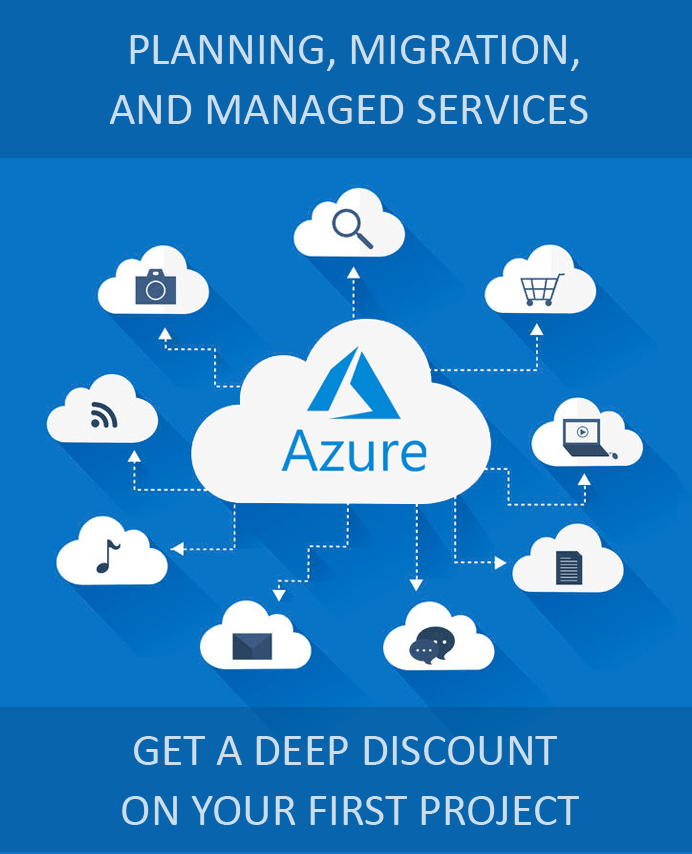How to Deploy and Configure Azure Front Door with Custom Domain?
Azure Front Door is a global, scalable Application Delivery Network (ADN) as a service that offers dynamic site acceleration (DSA) along with load balancing with near real-time failover. Organizations can use it to build, operate, and scale-out dynamic web applications and static content. With Microsoft’s global edge network, organizations can failover entire applications or individual microservices across regions and clouds.
In many cases, organizations use content delivery networks (CDN) for Denial-of-service attack (DDoS) protection. However, with most services, a system-defined URL is generated to identify a platform/service and the domain name is masked while routing through the network. In this article, we will show how to deploy and configure Azure Front Door with a custom domain.
Why Deploy Azure Front Door in Front of Webapp?
Azure Front Door improves global connectivity to web applications by routing client requests to the fastest and most available application backend and improving resilience. Here are some of the advantages of deploying Azure Front Door in front of web applications.
- The application performance improves with the split TCP-based anycast protocol to connect end-users immediately to the nearest Front Door POP (point of presence).
- Ensures high availability of the application with automatic failover and monitoring backend latency with smart health probes.
- User sessions can be kept on the same application backend with session-based cookie affinity.
- The application infrastructure is more efficient as multiple websites can be hosted.
- Deploying Azure Front Door eliminates the need for applications to establish a long-distance SSL connection with the backend.
- Supports URL rewriting and automatic URL redirects to custom domains with HTTPS encryption.
How to Configure Azure Front Door for Custom Domain?
A visible domain name in the end-user request is one of the most important branding factors, especially for businesses in areas such as e-commerce which have multiple sub-domains. Here is how a custom domain can be added to Azure Front Door.
- Create two instances of your web application in different Azure regions and configure Azure Front Door to direct user traffic based on the lower latency between the two web apps servers.
- Create a canonical name (CNAME) record with your domain provider and point it to Azure Front Door’s default frontend host.
- If you are using a custom domain that is already in production, map it with the Front Door default frontend host using the Azure afdverify subdomain to create a temporary CNAME mapping to avoid interrupting the web traffic.
- Map the custom domain directly to the default Front Door frontend host after verifying that the afdverify subdomain has been successfully mapped.
- Enable HTTPS protocol for the custom domain to ensure that sensitive data is delivered securely via TLS/SSL encryption. Organizations can either use their own certificates or let Front Door manage it.
- Update the routing rules and the backend host header for the custom domain.
Apps4Rent Can Help with Azure Application Deployment
There are several components in Azure that perform similar functions. For example, many of the capabilities of Azure Front Door can be implemented by using other services such as Azure CDN and Azure Application Gateway. Designing and implementing the right Azure application architecture is critical for an organization’s cloud adoption framework.
As a Tier-1 Microsoft CSP, Apps4Rent provides managed Azure services that include strategic guidance, implementation, migration, and advisory assistance to help organizations transition seamlessly to the cloud. Contact our Microsoft certified cloud experts available 24/7/365 via phone, chat, and email for assistance.

Looking for help with Azure?
Our Azure experts can help you.


